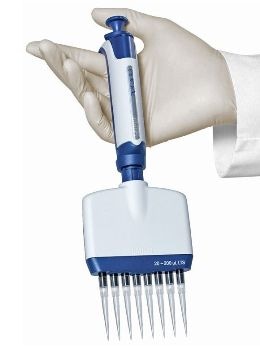
Treatment with conditioned medium from cultures of DRG cells obtained after SCI was sufficient to induce MIF-dependent hyperactivity in neurons from naive rats. Unexpectedly, MIF concentrations that induced hyperactivity in nociceptors from naive animals, after SCI induced a long-lasting conversion from a highly excitable nonaccommodating type to a rapidly accommodating, hypoexcitable type, possibly as a homeostatic response to prolonged depolarization.

Unlike chronic SCI-induced hyperexcitability, acute MIF-induced hyperexcitability was only partially abrogated by inhibiting ERK signaling. A MIF inhibitor, Iso-1, reversed SCI-induced hyperexcitability. Conditioned behavioral aversion to a chamber associated with peripheral MIF injection suggested that MIF stimulates affective pain. Probable nociceptors isolated from male rats and exposed to an MIF concentration reported in human plasma (1 ng/ml) showed hyperactivity similar to that induced by SCI, although, surprisingly, a 10-fold higher concentration failed to increase excitability. People living with SCI exhibit acute and chronic elevation of circulating levels of macrophage migration inhibitory factor (MIF), a cytokine implicated in preclinical pain models. A major question is whether extrinsic chemical signals help to drive ongoing electrical activity after SCI. These neurons become chronically hyperexcitable after SCI, generating ongoing electrical activity that promotes ongoing pain.


While SCI pain mechanisms are often assumed to be in the CNS, rodent studies have revealed mechanistic contributions from primary nociceptors. Neuropathic pain is a major, inadequately treated challenge for people with spinal cord injury (SCI).


 0 kommentar(er)
0 kommentar(er)
